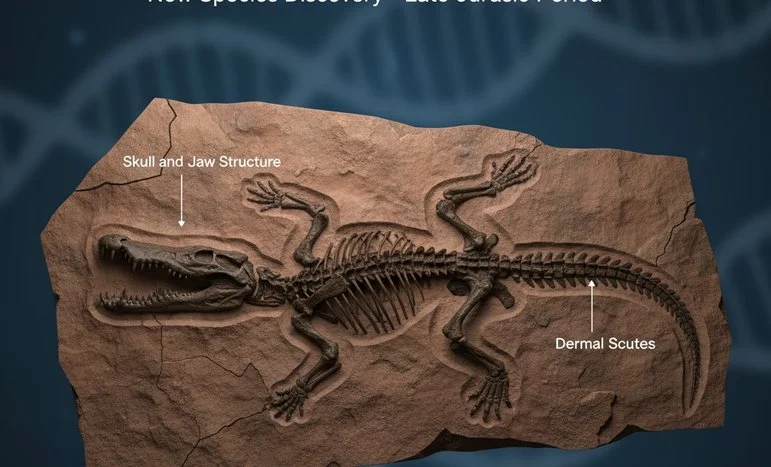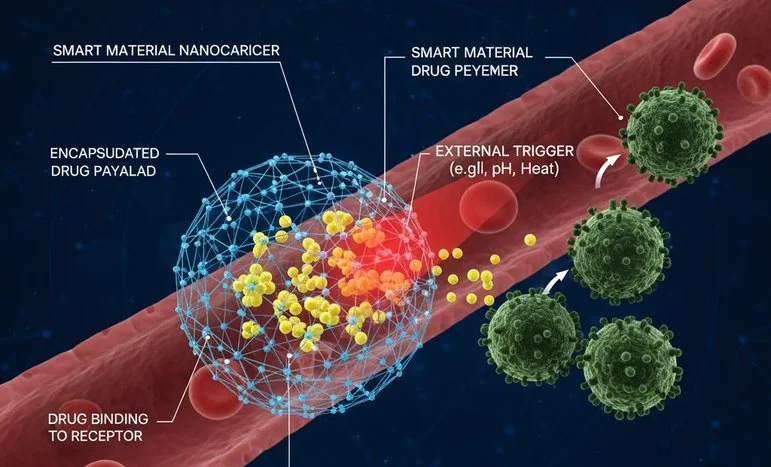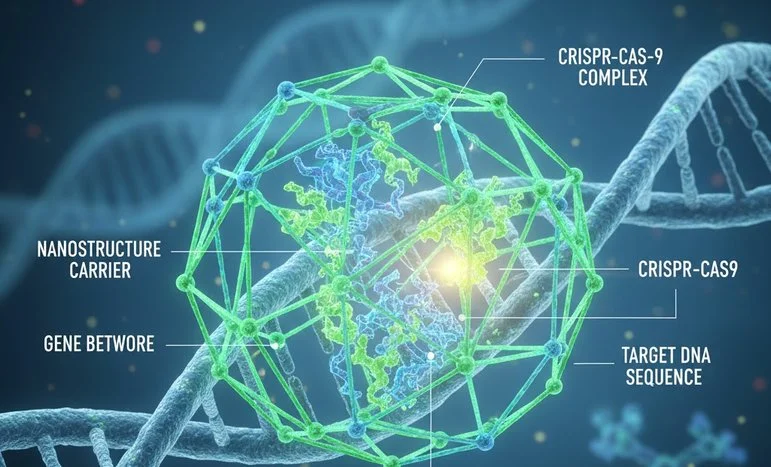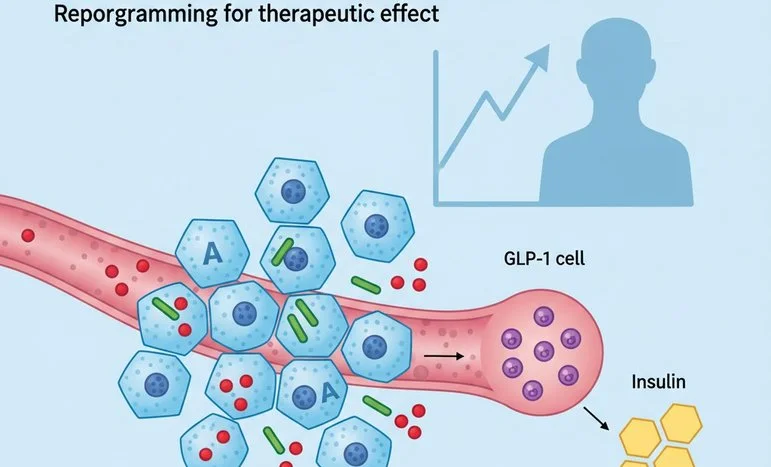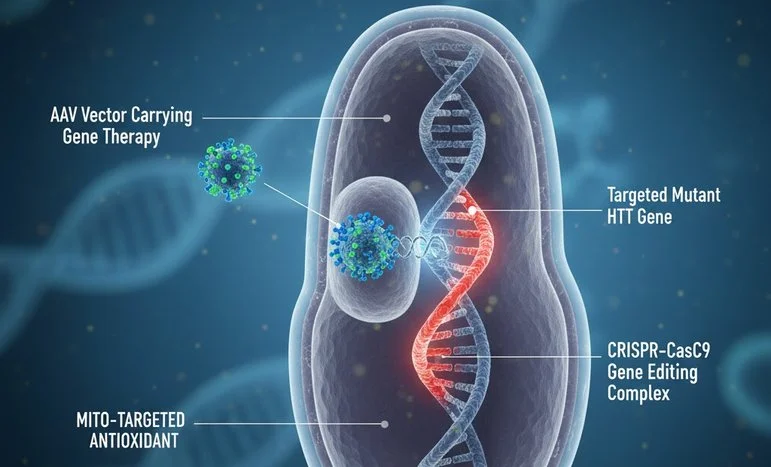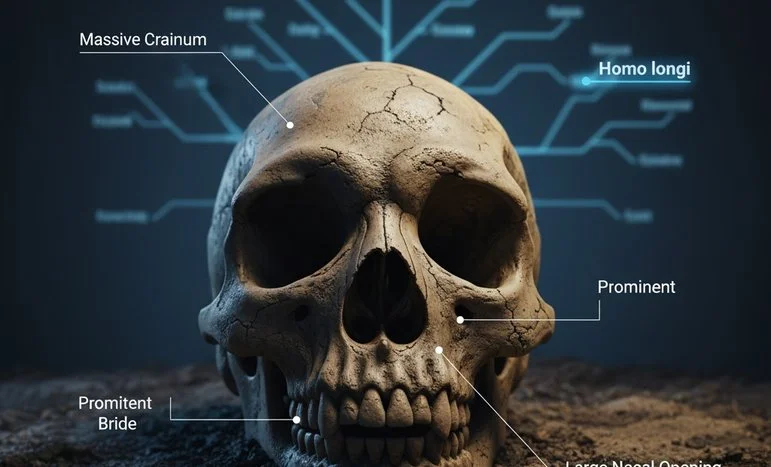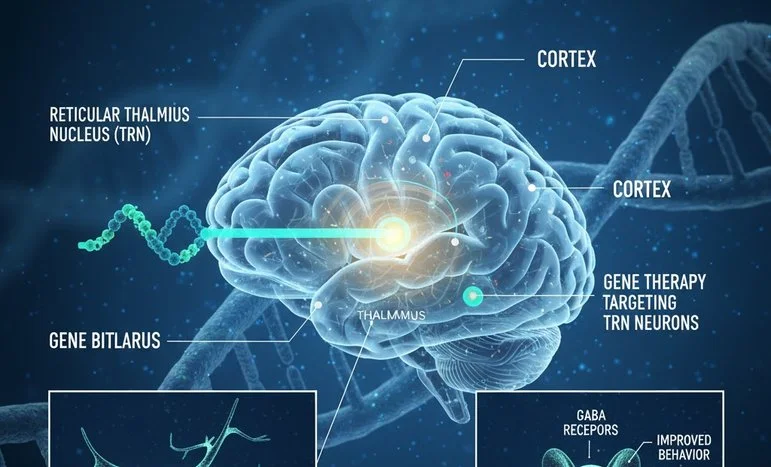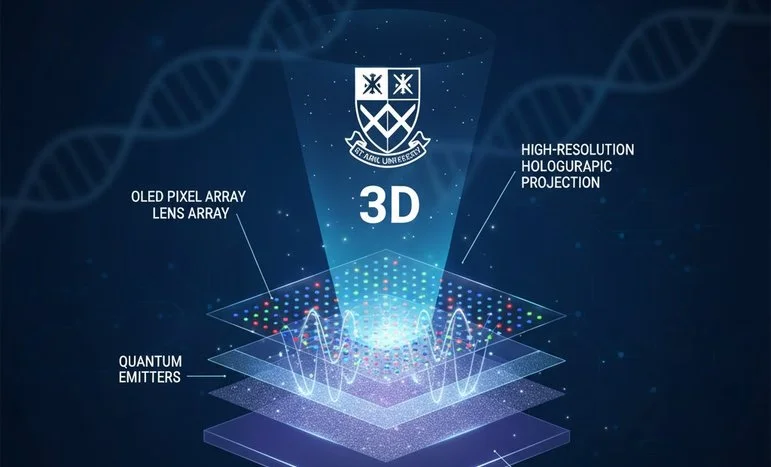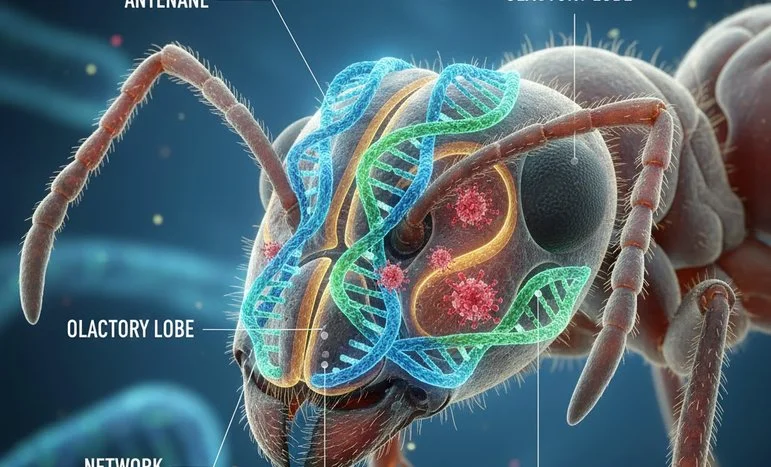
Genetic Mechanism Reveals How Ants Maintain Supersensitive Smell
Genetic Safeguard Unlocks the Secret Behind Ants’ Supersensitive Smell
Ants are renowned for their extraordinary olfactory abilities, capable of detecting pheromones and environmental odors with remarkable precision. A team of researchers has now identified a genetic mechanism that preserves this supersensitive smell by silencing nearby receptor genes, preventing interference and maintaining clarity in odor perception.
The Puzzle of Ant Olfaction
Ants rely heavily on their sense of smell for communication, foraging, and navigation. Each olfactory receptor neuron typically expresses a single receptor gene, a phenomenon critical for:
- Signal specificity: Ensuring that each neuron responds to distinct odor molecules.
- Accurate decoding: Preventing cross-talk between neurons that could confuse odor detection.
- Behavioral precision: Guiding colony-level decisions such as trail following and alarm signaling.
Previously, the mechanism enforcing this one-receptor-per-neuron rule remained a mystery, leaving scientists puzzled about how ants achieve such high olfactory fidelity.
Discovery of the Genetic Safeguard
The research revealed a safeguard system in the ant genome:
- Nearby Gene Silencing: Regulatory elements in the genome suppress the expression of adjacent olfactory receptor genes within the same neuron.
- Epigenetic Mechanisms: Methylation and chromatin remodeling ensure that only one receptor gene is active per neuron.
- Functional Consequence: This prevents multiple receptors from interfering, allowing ants to detect faint odors without ambiguity.
By combining genomic mapping, RNA sequencing, and functional assays, the team demonstrated how this safeguard maintains the precision and sensitivity of ant olfaction.
Implications for Neurobiology
Understanding this mechanism provides broader insights into neural coding and sensory systems:
- Olfactory System Organization: Highlights the importance of gene regulation in sensory neuron function.
- Evolutionary Adaptation: Shows how ants evolved a robust system to maximize olfactory accuracy for survival and social communication.
- Cross-Species Relevance: Similar regulatory mechanisms may exist in other animals with highly specialized senses, offering a template for comparative studies.
Potential Applications
The discovery could influence various fields:
- Robotics and AI: Designing artificial olfactory systems inspired by one-receptor-per-neuron architecture for precise chemical sensing.
- Pest Management: Developing strategies that disrupt olfactory signaling in ants for targeted control without broad environmental impact.
- Medical Research: Understanding sensory gene regulation could inform therapies for olfactory disorders in humans.
Future Research Directions
Scientists plan to:
- Explore how the safeguard is established during development in ant larvae.
- Investigate the molecular triggers that activate and maintain gene silencing.
- Compare mechanisms across different ant species to assess evolutionary variations.
- Examine potential applications in synthetic biology for controlled receptor expression.
The identification of a genetic safeguard maintaining supersensitive smell in ants uncovers a vital principle of olfactory precision. By silencing nearby receptor genes, ants achieve exceptional odor discrimination, supporting complex social behaviors and survival strategies. This research not only solves a longstanding biological puzzle but also provides insights applicable to technology, medicine, and evolutionary biology, demonstrating the intricate relationship between genetics and sensory function.
We appreciate that not everyone can afford to pay for Views right now. That’s why we choose to keep our journalism open for everyone. If this is you, please continue to read for free.
But if you can, can we count on your support at this perilous time? Here are three good reasons to make the choice to fund us today.
1. Our quality, investigative journalism is a scrutinising force.
2. We are independent and have no billionaire owner controlling what we do, so your money directly powers our reporting.
3. It doesn’t cost much, and takes less time than it took to read this message.
Choose to support open, independent journalism on a monthly basis. Thank you.
